12 Classic Horror Movies That Still Hold Up Today
Some horror films have a way of staying with us long after we watch them. Their haunting atmospheres and unforgettable moments make them as effective today as they were when first released. These classics continue to influence modern films, proving that a well-crafted scare is never outdated. Whether you’re a long-time fan or new to the genre, these films are essential viewing for anyone who loves a good thrill.
This post may contain affiliate links, which helps keep this content free. Please read our disclosure for more info.
Psycho (1960)
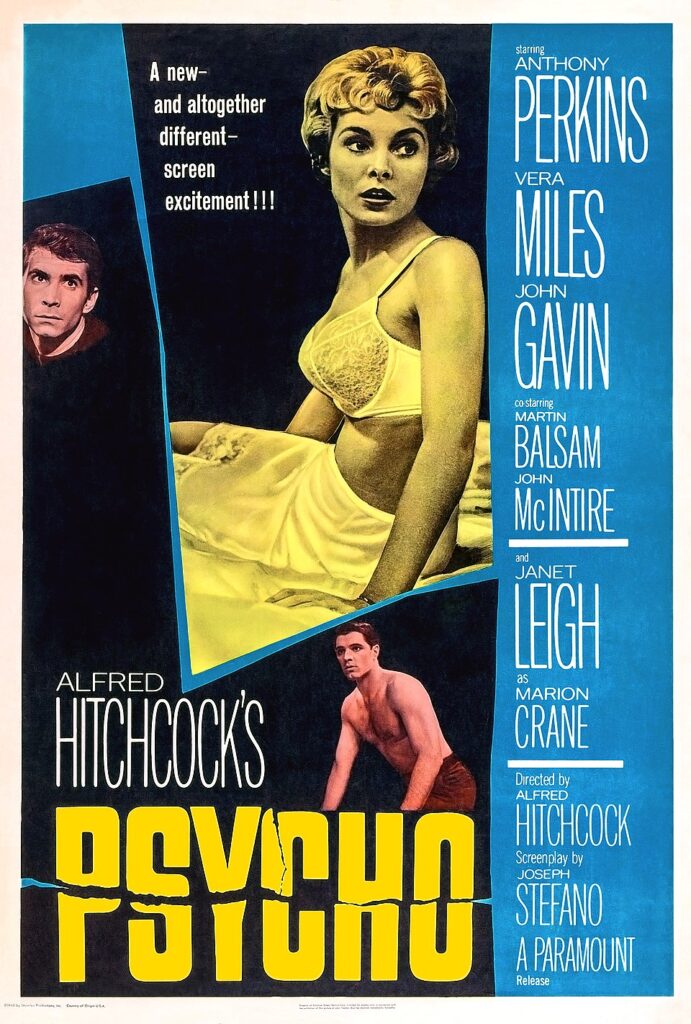
Alfred Hitchcock’s Psycho is a masterclass in suspense and psychological horror. The story revolves around Marion Crane, a woman on the run, and her encounter with Norman Bates, the mysterious owner of Bates Motel. The film’s shocking twist, coupled with its eerie score, still makes it a staple in the horror genre. Hitchcock’s ability to unsettle viewers with just a few key scenes remains unmatched.
The film is often regarded as one of the best in cinematic history. It was groundbreaking in its portrayal of violence and human psychology, influencing generations of filmmakers. Even decades after its release, Psycho continues to captivate new audiences. Its impact on both horror and thrillers is undeniable, making it an essential part of any horror fan’s collection.
The Shining (1980)
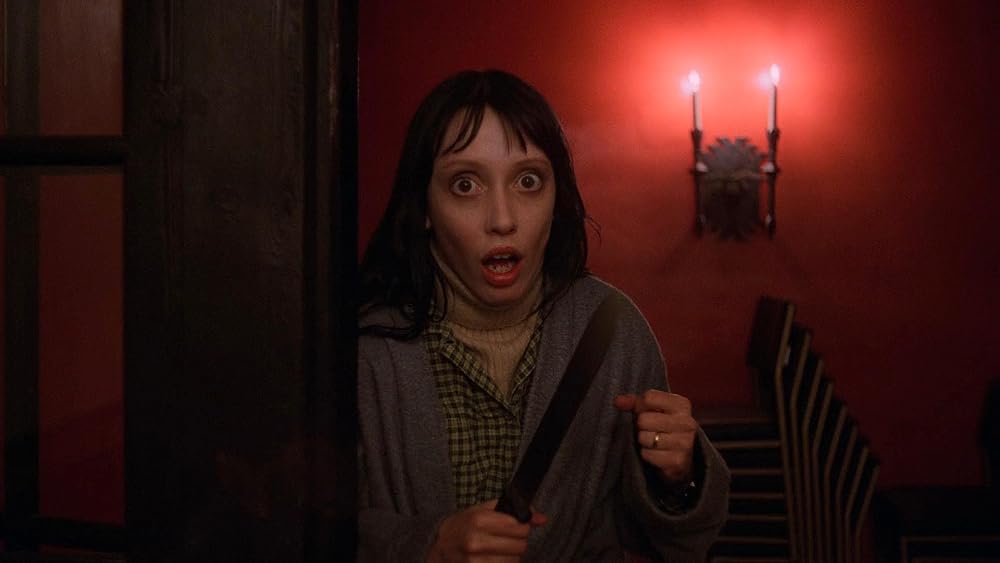
Stanley Kubrick’s The Shining is widely considered one of the scariest films ever made. Based on Stephen King’s novel, it tells the story of Jack Torrance, a man slowly driven to madness while working as the winter caretaker of the isolated Overlook Hotel. Kubrick’s chilling atmosphere, combined with Jack Nicholson’s unforgettable performance, keeps audiences on edge from start to finish. The film’s ambiguity and visual storytelling make it an enduring masterpiece.
The Shining is often analyzed for its layered meanings, from the exploration of isolation to the creeping dread that builds throughout. The hotel itself becomes a character in its own right, its eerie hallways and strange events adding to the suspense. Despite its mixed reception at the time of release, it has since earned a reputation as a horror classic. The film’s ability to unsettle viewers, decades after its release, proves its lasting appeal.
Night of the Living Dead (1968)
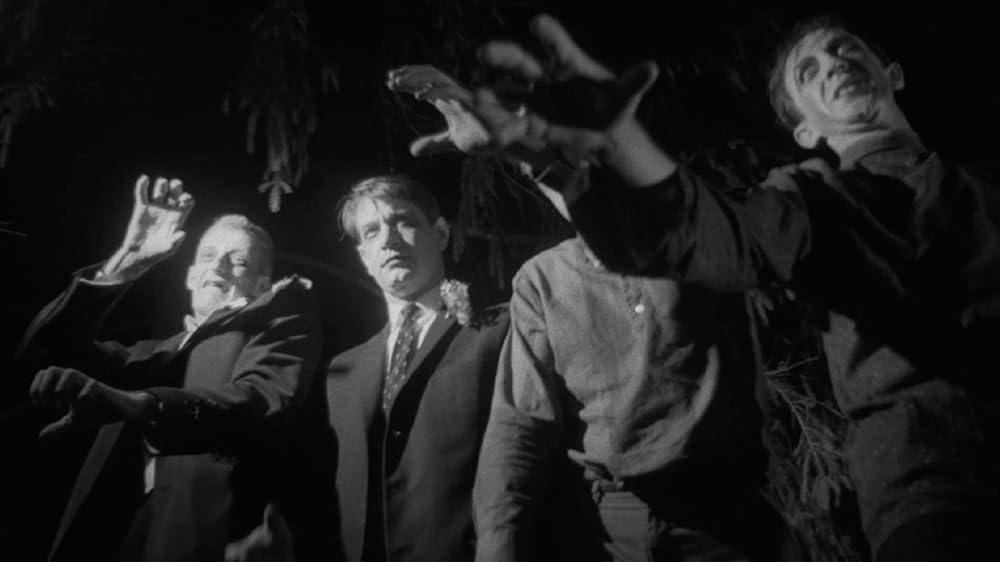
George A. Romero’s Night of the Living Dead revolutionized the zombie genre. Set in a secluded farmhouse, the film follows a group of strangers trapped by a growing horde of the undead. Romero’s depiction of the zombie apocalypse was raw, brutal, and shockingly realistic for its time. The stark black-and-white visuals only amplify the film’s bleak and unrelenting tone.
The movie not only changed the landscape of horror but also sparked a new wave of social commentary in genre films. Night of the Living Dead is known for its groundbreaking approach to gore and for featuring a black protagonist in a time when such casting was rare. Even with its low-budget production, the film became a cultural touchstone. Its influence can still be seen in zombie films and TV shows today.
Jaws (1975)
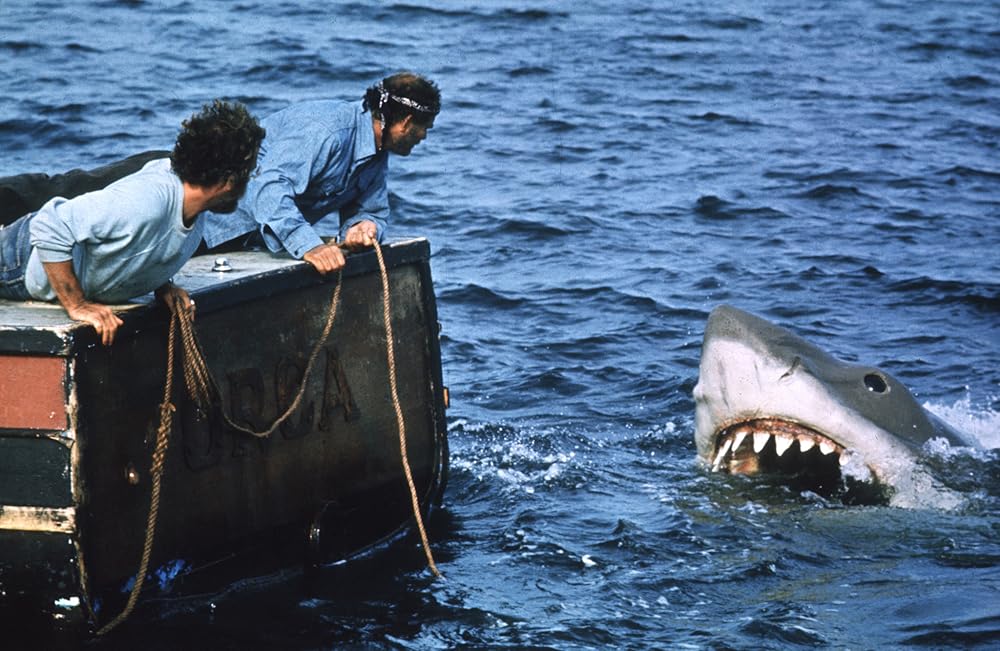
Steven Spielberg’s Jaws set the standard for modern horror-thrillers. The film follows a small beach town as it is terrorized by a massive great white shark. The suspense is built through the characters’ fear of the unknown, with the shark itself often hidden, leaving much to the imagination. John Williams’ iconic score also adds to the tension, making every moment feel like a life-or-death situation.
What makes Jaws stand the test of time is not just its monstrous shark, but the human drama that unfolds throughout. The film also broke box-office records, solidifying Spielberg’s place as a master of suspense. Even decades later, its ability to make people fearful of the ocean remains unmatched. Jaws continues to influence thrillers and horror films, proving that the best horror often comes from what is unseen.
The Exorcist (1973)
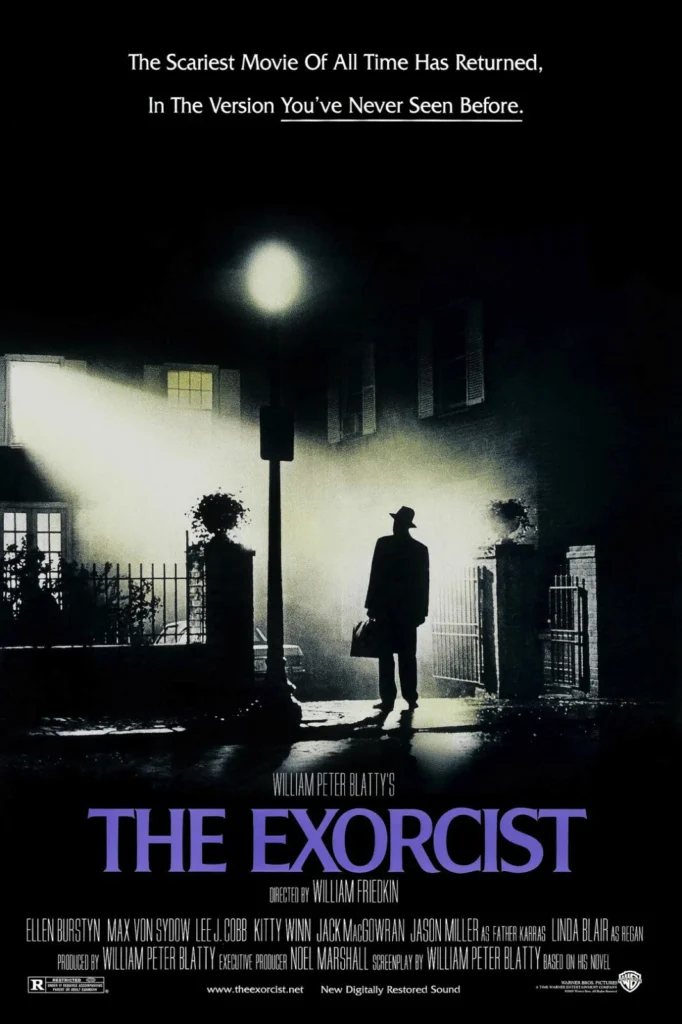
The Exorcist, directed by William Friedkin, is often regarded as one of the scariest films in cinematic history. The story of a young girl, Regan, who becomes possessed by a demonic force, and the battle to save her, shocked audiences worldwide. The film’s visceral, realistic approach to supernatural horror and its chilling performances from Linda Blair and Max von Sydow leave a lasting impact. Its special effects, particularly the famous head-turning scene, are still talked about today.
The Exorcist broke taboos with its graphic scenes and themes of religion and evil. The film’s unsettling atmosphere, combined with its unflinching look at possession, made it a cultural touchstone. It has inspired countless horror films that explore the supernatural, and it remains a go-to for fans seeking a true fright. Its legacy endures, as it continues to send chills through viewers even after all these years.
Texas Chain Saw Massacre (1974)
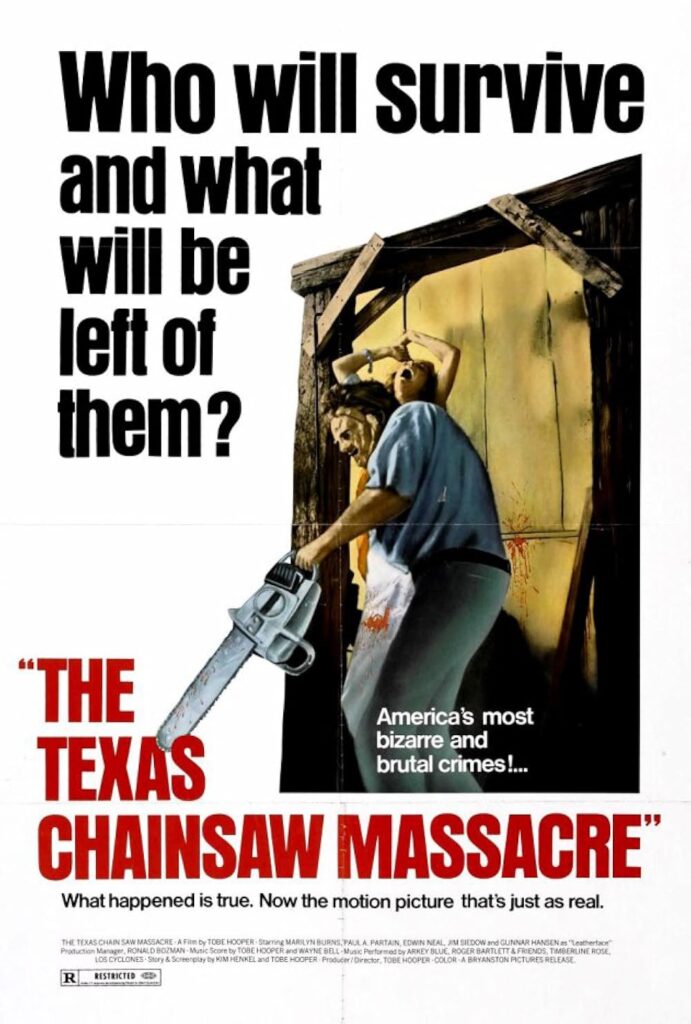
Tobe Hooper’s Texas Chain Saw Massacre is a raw and intense slasher film that set the bar for horror. The story follows a group of friends who encounter a family of cannibals, led by the terrifying Leatherface. What makes the film so disturbing is its grittiness, as it’s not just the graphic violence, but the relentless tension and feeling of being trapped in a nightmarish reality. Hooper’s ability to create horror through atmosphere rather than over-the-top gore makes this film truly iconic.
Despite its low budget and controversial reputation, Texas Chain Saw Massacre became a defining entry in the horror genre. It influenced the entire slasher subgenre and paved the way for many imitators. The terrifying nature of Leatherface, who remains one of horror’s most recognizable figures, helped cement the film’s place in cinema history. Its ability to terrify without relying on elaborate effects proves its lasting power in horror.
Rosemary’s Baby (1968)
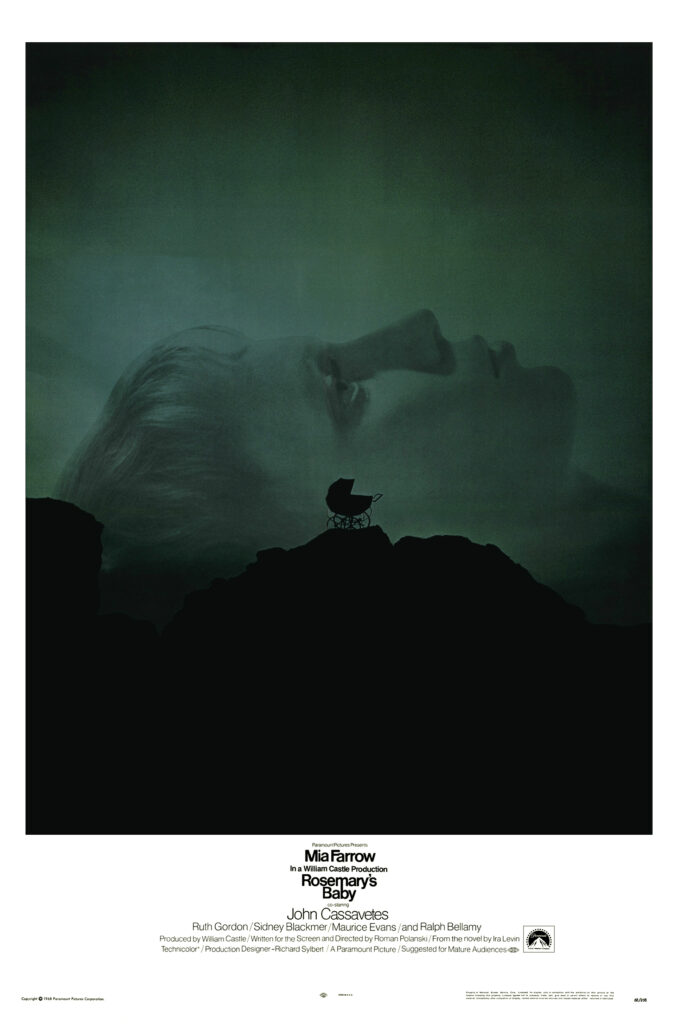
Roman Polanski’s Rosemary’s Baby is a psychological horror masterpiece. The film tells the story of a young woman, Rosemary, who becomes pregnant under mysterious circumstances and begins to suspect that her husband and neighbors are involved in a satanic cult. The film’s slow build and mounting paranoia make it one of the best examples of psychological horror. Polanski’s direction keeps the audience in a constant state of unease, as the horror builds from everyday life.
Rosemary’s Baby remains effective due to its sense of realism and the dread of an evil that is just out of reach. Mia Farrow’s performance as Rosemary is haunting, and the film’s unsettling final moments leave a lasting impression. The movie was groundbreaking for its time, both for its portrayal of female vulnerability and its subtle commentary on control and trust. This classic still resonates with viewers and is an essential entry in the horror genre.
Halloween (1978)
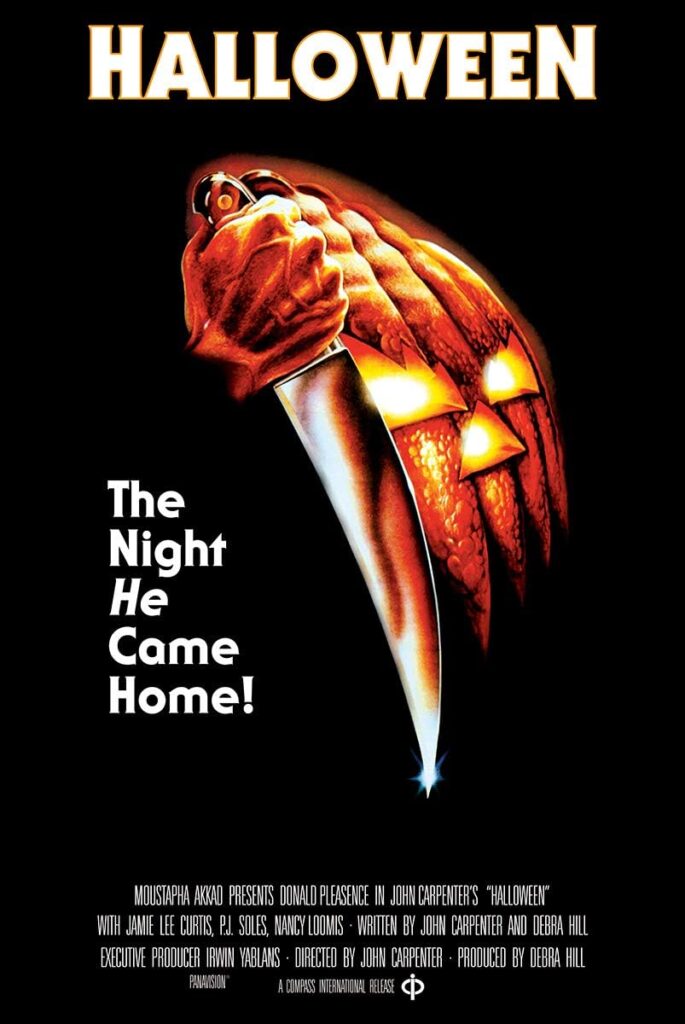
John Carpenter’s Halloween is a seminal film in the slasher genre. The film introduced Michael Myers, the masked killer who would go on to terrorize generations of horror fans. The film’s simplicity – a killer, a babysitter, and an eerie atmosphere – is part of what makes it so effective. Carpenter’s minimalist approach to both direction and score creates an atmosphere of suspense that is still as potent today.
What makes Halloween stand the test of time is the character of Michael Myers, whose enigmatic presence lingers in the background throughout the film. The slow pacing and rising tension create a sense of dread, and the final confrontation is still one of the most memorable in horror history. Halloween launched an entire franchise and is still considered a benchmark in horror filmmaking. Its ability to unsettle with subtlety, rather than sheer gore, has ensured its continued influence on horror films.
The Thing (1982)
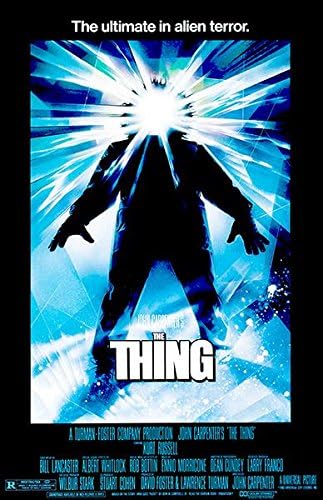
John Carpenter’s The Thing is a sci-fi horror masterpiece that remains as terrifying today as it was upon its release. Set in an isolated research station in Antarctica, the film follows a group of scientists as they encounter a shape-shifting alien that can imitate any living organism. The intense paranoia, heightened by Carpenter’s perfect blend of practical effects and suspense, keeps viewers on the edge of their seats. The grotesque transformations are unsettling, and the uncertainty of who is human and who is infected adds to the tension.
Despite a poor box-office reception at the time, The Thing has since become a beloved cult classic. Its themes of isolation and trust resonate even more strongly in today’s world, making it incredibly relevant. The film’s practical effects, which still hold up, set a new standard for horror and special effects. Its unsettling atmosphere and horrific creatures continue to make The Thing one of the most admired horror films.
Nosferatu (1922)
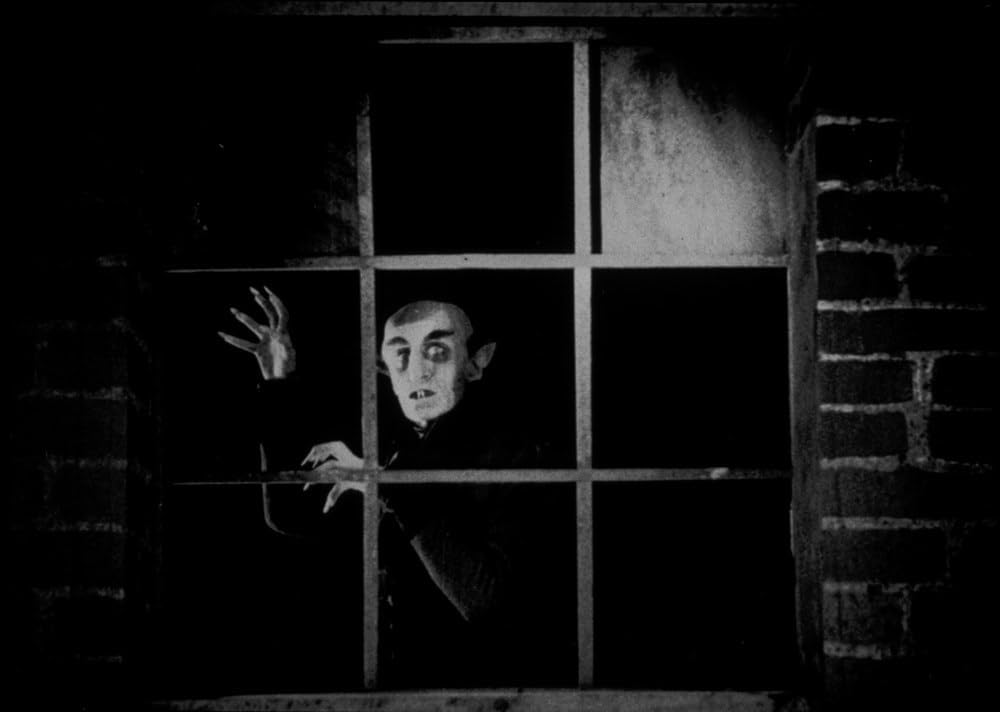
F.W. Murnau’s Nosferatu is one of the earliest and most influential horror films in cinema history. The film is an unauthorized adaptation of Bram Stoker’s Dracula, and it is one of the most iconic silent films ever made. Max Schreck’s portrayal of Count Orlok, with his ghastly appearance and haunting movements, has become synonymous with the image of a vampire. The eerie, unsettling visuals and Murnau’s direction have made Nosferatu a timeless piece of cinema.
Even nearly a century after its release, Nosferatu continues to be praised for its pioneering use of lighting and shadow. It set the foundation for how horror films would visually approach the supernatural. The film’s lasting influence can be seen in countless adaptations of Dracula, as well as in modern horror cinema. Nosferatu is a must-watch for anyone interested in the origins of the genre.
The Cabinet of Dr. Caligari (1920)
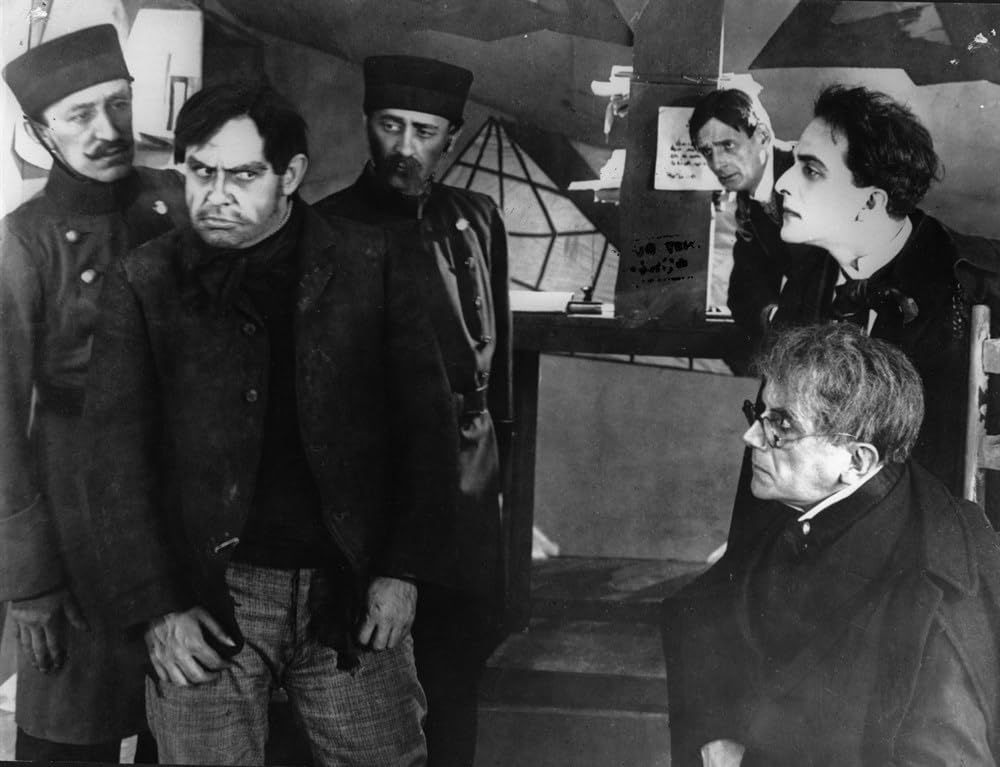
Robert Wiene’s The Cabinet of Dr. Caligari is a landmark in German Expressionist cinema and a precursor to psychological horror. The film tells the story of a mad doctor who uses a sleepwalking man to commit murders. The use of distorted sets, sharp angles, and dramatic lighting creates an unsettling atmosphere that still disturbs viewers. The Cabinet of Dr. Caligari is widely regarded as the first true horror film, laying the groundwork for the genre’s future.
The film’s impact on horror cinema is profound, as it influenced filmmakers in both Germany and Hollywood. Its striking visual style, marked by its bold use of set design and chiaroscuro, makes it a visually compelling piece. Though it is over a century old, The Cabinet of Dr. Caligari remains relevant due to its exploration of madness and authority. It continues to inspire filmmakers and horror enthusiasts alike.
Black Sunday (1960)
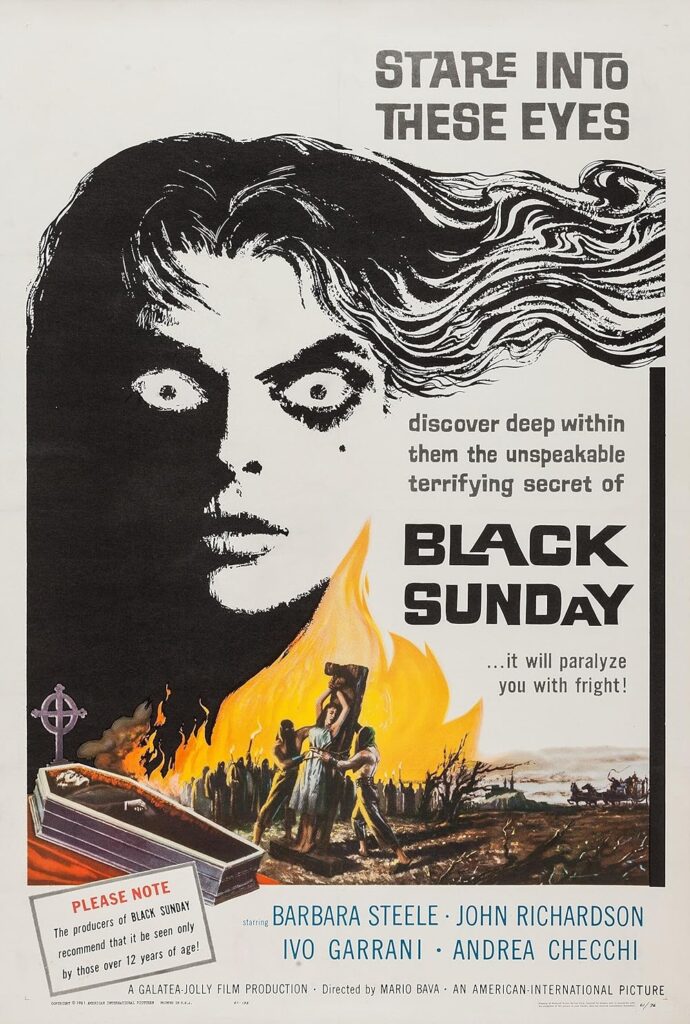
John Frankenheimer’s Black Sunday is a tense, psychological thriller that blends elements of horror with political thriller themes. The film follows a terrorist plot to disrupt the Super Bowl using a blimp. It explores themes of fear, paranoia, and the vulnerability of public events, making it more relevant today than ever before. The film’s pacing and tension keep viewers on the edge of their seats, especially in its thrilling, action-packed conclusion.
Despite its political undertones, Black Sunday remains effective as a horror film due to its realistic and relatable fears. The film’s exploration of violence and terror, set against the backdrop of a major sporting event, makes it feel all too plausible. Over the years, it has earned a reputation for its psychological depth and its depiction of real-world dangers. Black Sunday continues to stand out as an underrated classic in the horror genre.
This article originally appeared on Avocadu.
